Discover Surfing Destinations in the Canary Islands
The Canary Islands are one of the most complete destinations for surfing, windsurfing and kitesurfing all year round. With exceptional weather conditions, sea temperatures ranging between 18 °C and 24 °C, and a privileged geography, each island offers a unique experience on the waves.
Tenerife boasts more than ten surf schools and iconic spots such as El Médano, Las Américas, and Valle de la Orotava. With a year-round spring-like climate, trade winds, and diverse coastlines, it’s an ideal destination for those seeking both excitement and learning.
In Gran Canaria, surfing is a year-round passion, particularly in Pozo Izquierdo. This hotspot is famed among windsurfing enthusiasts for its steady winds, sunny days, and a vibrant watersports community.
Fuerteventura, known for its wild, desert-like coastline, stands out with beaches such as Sotavento, Costa Calma, and La Pared, where the strong winds and tranquil surroundings offer kitesurfers and surfers a true sense of freedom.
La Palma, the so-called “beautiful island”, surprises visitors with untouched beaches, volcanic reefs and perfect conditions for surfing and kitesurfing. Thanks to its mild climate and consistent winds, it’s becoming increasingly popular among those seeking nature, waves and pure authenticity.
From learning the ropes in a peaceful lagoon to riding challenging waves with the Atlantic as your backdrop, the Canary Islands invite you to experience surfing with intensity and freedom—regardless of your skill level.
Surfing in Fuerteventura
Kitesurfing in Fuerteventura
Fuerteventura is a paradisiacal island with stunning beaches, incredible dunes, a striking volcanic landscape and the perfect climate for watersports almost all year long. Thanks to reliable forecasts and favourable wind conditions, the island is considered a mecca for all wind-based sports such as kitesurfing.
One of the best spots to practise this sport is undoubtedly Esquinzo Beach, near the Hotel Fuerteventura Princess. Staying at this resort is a great choice, particularly on days when the northeast winds blow strongest. This beach offers easy waves, a sandy bottom with some rocks, and the waves strengthen as they near the shore.
Moreover, this beach is one of the best places to watch the sunset—especially at low tide when the beach is revealed and turns into a stunning reflective mirror.
El Cotillo: The Ideal Spot for Beginner Surfers
El Cotillo, located in the northwest of Fuerteventura, is the perfect place for beginner surfers. There are waves throughout the year, and although it’s not known for top-tier waves, it is a low-risk area with sandy bottoms—unlike many of the island’s beaches.
You’ll find both left- and right-hand waves with multiple peaks. To increase your chances of catching a good barrel, it’s best to look for easterly winds and northwesterly swells.
Summer is ideal for beginners when the surf is gentler and during mid-tide. There are several surf schools in the area ready to guide you through your first steps on the board.
Windsurfing in Fuerteventura
One of the best experiences you can have in Fuerteventura—“the island of wind”—is windsurfing in the Atlantic Ocean, with waves sculpted by trade winds and set against stunning volcanic landscapes and empty beaches.
The island offers favourable conditions for windsurfing nearly year-round, but the best season is summer, from May to September. Corralejo in the north, Sotavento on the eastern coast of the Jandía Peninsula, Cofete Beach and La Pared on the western coast, and Tarajalejo near Costa Calma are all paradise spots for surfers and windsurfers alike.
Costa Calma is especially renowned for Sotavento Beach, which caters to all skill levels. It’s home to the world’s largest windsurfing school, René Egli Windsurf & Kitesurf Fuerteventura. Beginners can enjoy a safe, shallow lagoon just 300 metres from the shore.
In this wild and scenic 3-kilometre stretch, the wind blows steadily, and the wave conditions remain optimal throughout the year. No wonder it has become one of the official venues for the Windsurf and Kitesurf World Championships.
Surfing in Tenerife
Punta Blanca – Tenerife’s Hidden Gem for Surfing
Punta Blanca Beach, located in the municipality of Guía de Isora, lies between Alcalá Beach and Los Gigantes on Tenerife’s north-west coast. It’s considered one of the top surfing spots in the Canary Islands for intermediate and advanced surfers.
The scenery surrounding this remote beach turns every surf session into a visual spectacle. Surfers from across the archipelago feel compelled to try its impressive waves at least once—breaking both left and right over a volcanic seabed and offering good conditions throughout the day thanks to the tides. Unsurprisingly, it has hosted international competitions in recent years due to the excellent quality of its barrels.
This wild corner of Tenerife has a car park, restaurants to recharge between sessions, and a lifeguard service—making Punta Blanca one of the most recommended beaches for surfing and bodyboarding on your visit to Tenerife.
Surfing in El Médano
When you talk about surfing in Tenerife, El Médano immediately comes to mind. This fascinating coastal area on the island’s east side welcomes thousands of surfers each year under the watchful eye of the iconic Red Mountain.
El Médano is about a 25-minute drive from our hotels in the island’s south and boasts ideal weather conditions for various water and wind sports, including surfing. The beach has excellent waves and shallow waters—ideal for riding the surf.
If you don’t have your own gear, don’t worry—there are plenty of rental shops in El Médano offering wetsuits and boards. If you’re a beginner, you can even take a basic class to safely enter the sea under the supervision of an instructor.
And if you’d like to continue soaking up the seaside atmosphere after surfing, there’s a beach bar at La Tejita Beach serving up delicious home-style meals and refreshing drinks.Surf, sunshine, and a beach bar—can you think of a better plan for your next holiday?
Fancy Riding Tenerife’s Most Famous Wave?
Tenerife’s most famous wave is found at Las Américas Beach. It’s known as La Izquierda de Las Palmeras due to the many palm trees that overlook the surf spot.
This wave breaks over a volcanic seabed and can reach up to three metres in height, creating long, hollow, and fast barrels that thrill seasoned surfers. Did you know this wave has featured on the calendar of several international championships?
The best months to surf La Izquierda de Las Palmeras are from October to March. However, it’s busy with surfers year-round. Not only is it a must-visit for locals, but also for travellers on a surf trip around Tenerife. Plus, many specialist companies in the area can take you directly to the wave.
Catch the Waves at Las Conchas
Fancy riding some of the most amazing waves in Tenerife? Las Conchas Beach, located in the municipality of Santiago del Teide on the island’s west coast, is a favourite spot for both surfing and bodyboarding.
Every day, locals and tourists gather here to enjoy the volcanic seabeds and the southern Atlantic winds. The area is renowned for hosting national bodyboarding competitions each year, attracting top athletes. Those who’ve surfed at Las Conchas highlight the wave’s power and versatility, which allow for various manoeuvres. However, extra caution is advised on days with strong surf.
This beach doesn’t appear on Google Maps, but it’s easy to find. If you’re using public transport, any bus stopping at “La Arena” will do. If you’re driving, follow signs to “Playa de la Arena”. Upon arrival, park in the designated areas and walk along the beach promenade. Heading right, it ends at Las Conchas.
Surfing at El Conquistador Beach
El Conquistador Beach, located in Las Américas, southern Tenerife, is one of the island’s most renowned surf spots. You’ll feel the surf vibe the moment you arrive.
El Conquistador is famous for its high-quality waves, suitable for all skill levels. Waves can reach up to 1.5 metres in height, especially during winter—the ideal time to surf here, with winds ranging from 10 to 25 knots and sea temperatures around 20 °C.
The favourable climate and excellent surf conditions make this beach a must-visit. The atmosphere is unbeatable. In Las Américas, you’ll find plenty of surf shops and schools where you can learn if you’re just starting out. The beachfront promenade is lined with bars and restaurants for post-surf relaxation.
Grab your board and surf the most spectacular beaches Tenerife has to offer!
Surfing in Gran Canaria
Riding the Waves of Pozo Izquierdo, Gran Canaria
If there’s one place in Gran Canaria where surfing is practically a religion, it’s Pozo Izquierdo. With sunny days throughout the year, consistent winds, and water temperatures ranging from 18 °C in winter to 24 °C in summer, this spot is perfect for surfing.
Located on the island’s east coast, it is Gran Canaria’s most famous surf spot—and one of the most well-known in the Canaries and the world. Each year, surfers from around the globe flock here to ride its amazing waves.
It’s a reliable wind destination, ideal for watersports enthusiasts. The sea is accessed via a pebble beach with two ramps that make it easier to get into the water with your board.
If you want to dive into the exciting world of surfing at Pozo Izquierdo, there are several schools ready to help you pick it up in just a few days.
Ready to surf and disconnect for a few days in the Canary paradise?
The Favourite Wave Among Bodyboarders
If you’re passionate about bodyboarding, you’ve probably heard of El Frontón. This is the name of the wave found at the northern beach of Caleta de Arriba, widely regarded by experts as one of the best in the world.
El Frontón will amaze you with its power and verticality. The ocean swells over a volcanic seabed to form stunning left- and right-hand barrels—perfect for experienced bodyboarders. Though some brave surfers attempt to tackle it with boards, it’s not recommended due to the wave’s strength and the sea’s characteristics.
This spot is a bit hidden, so it’s wise to ask locals for directions. The good news is El Frontón works all year round, with October to March being the best time to surf it.
La Cicer – Waves in a Prime Location
On the southern end of Las Canteras Beach, near the Alfredo Kraus Auditorium, you’ll find La Cicer—one of the most popular spots for surfing and bodyboarding in Gran Canaria. You can’t miss it: its dark sand stands in stark contrast to the golden tones of the rest of Las Canteras.
This spot caters to all levels—from seasoned surfers to absolute beginners. In fact, there are several surf schools and specialist shops in the area if you’d like to take a lesson or rent a board. The best time to visit for large waves is between September and December, when swells can reach up to four metres. Another plus is the sandy bottom, which is much more forgiving than rocky seabeds during a fall.
In addition to excellent waves, La Cicer is situated in one of the liveliest areas of Las Palmas de Gran Canaria. Along the seafront promenade, you’ll find pubs, restaurants, shops and a variety of options for enjoying yourself after catching a few waves.
El Confital – A Favourite Among Expert Surfers
Las Palmas de Gran Canaria is a city made for surfing. On its coastline, just a 45-minute walk apart, you’ll find La Cicer—perfect for learning—and El Confital, a spot beloved by advanced surfers.
El Confital is home to one of the world’s best right-hand waves. So much so, it has hosted major competitions like Red Bull Rivals, ETB Gran Canaria PRO, and the WQS World Championship.
Surf conditions at El Confital are excellent almost all year. However, in winter, when the tide is particularly high, the beach can become dangerous due to waves breaking over volcanic rock near a cliff. That’s why it’s crucial to check sea conditions or get advice from local surfers.
Discover Vagabundo Beach – A Paradise for Surf Lovers in Gran Canaria
If you love surfing and want to enjoy an unforgettable holiday, you can’t miss Vagabundo Beach in Gran Canaria. This beach is a true paradise for wave enthusiasts, offering optimal conditions for surfing all year round. Plus, it’s set in a spectacular natural landscape, surrounded by cliffs and native vegetation.
Vagabundo Beach is easily accessible—just a five-minute walk from the car park. The beach floor is a mix of sand and rock, and low to mid tide is ideal for surfing. The waves vary in direction with multiple peaks suited to all skill levels. The wave length is moderate, allowing for a variety of manoeuvres. Predominant winds come from the south, southwest or southeast, which contribute to great wave formation.
The beach is near the town of San Felipe in northern Gran Canaria, where you’ll find accommodation, restaurants, shops and other services to complete your stay. Don’t hesitate—come discover Vagabundo Beach, one of Gran Canaria must-surf spots.
Surfing in La Palma
Surf the Stunning Beach of Bujarén
One of the most popular surf spots on La Palma is Bujarén Beach, located in Garafía, the island’s wildest municipality. And wild it is—getting there involves descending a steep trail, making the journey itself an adventure.
When tides allow, Bujarén is a magnificent black-sand beach. But it may also be littered with stones, making access more difficult. As for the waves, they’re ideal for both board surfing and bodyboarding. A key feature is the rock that rises from the sea, often starring in the photos taken at this beach.
As you’ve probably gathered, getting to Bujarén isn’t straightforward. Also, the northern seas can be extremely rough—so this is not a spot for beginner surfers.
Discover Nogales – An Incredible Surf Beach in La Palma
Nogales Beach in Puntallana is an ideal destination for surfing and adventure lovers alike.
It’s just a 25-minute drive from Santa Cruz de La Palma, the island’s capital. Unlike other beaches on the island, here you can walk a good distance into the sea before losing footing.
This allows for longer, better-shaped waves—more suitable for surfing rather than bodyboarding, which is more common on La Palma. Even when the sea appears calm, it’s best not to be complacent—the northern waters of La Palma are known for strong currents.
If you don’t have your own gear, you’ll find a stall on the sand where you can hire everything you need—surfboard, wetsuit, and bodyboard.
Even if you’re just a thrill-seeker wanting to explore, Nogales is highly recommended. The beach sits in a unique environment, surrounded by a towering cliff with a striking blend of vegetation and rock. The path down to the beach is a visual treat in itself.
Bodyboarding at the Charming El Remo Beach
Looking to discover La Palma’s most charming watersport spots? Check out El Remo Beach, in the municipality of Los Llanos de Aridane—where volcanic scenery and a striking seabed will leave you speechless. Grab your board—we’re revealing its secrets!
El Remo is perfect for those wanting to enjoy waves in a unique setting. Located on La Palma’s west coast, this black-sand bay is around 150 metres long with pebble shores, making bodyboarding more suitable than surfing. The swell is moderate, but caution is advised when entering and exiting the sea.
You can also enjoy El Remo’s famous beach bars. We promise you’ll witness one of the most beautiful sunsets on La Palma’s west coast—made even better with a hearty meal.
Categories: Canaries, Travel Tips

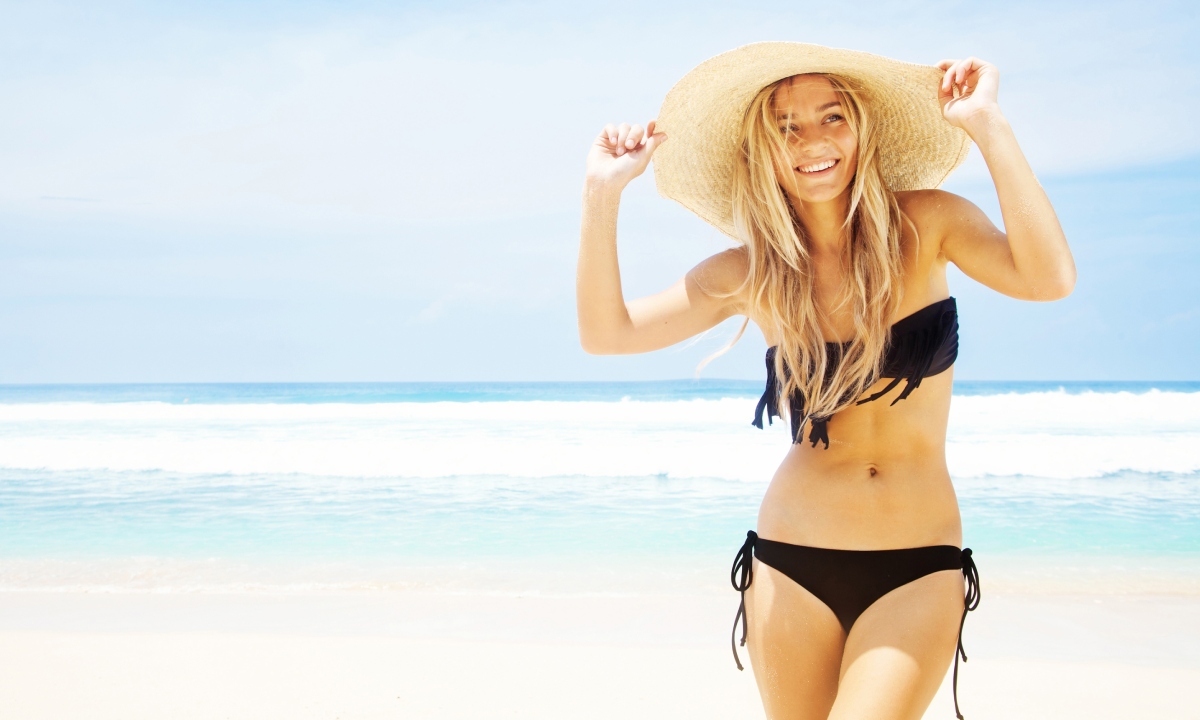

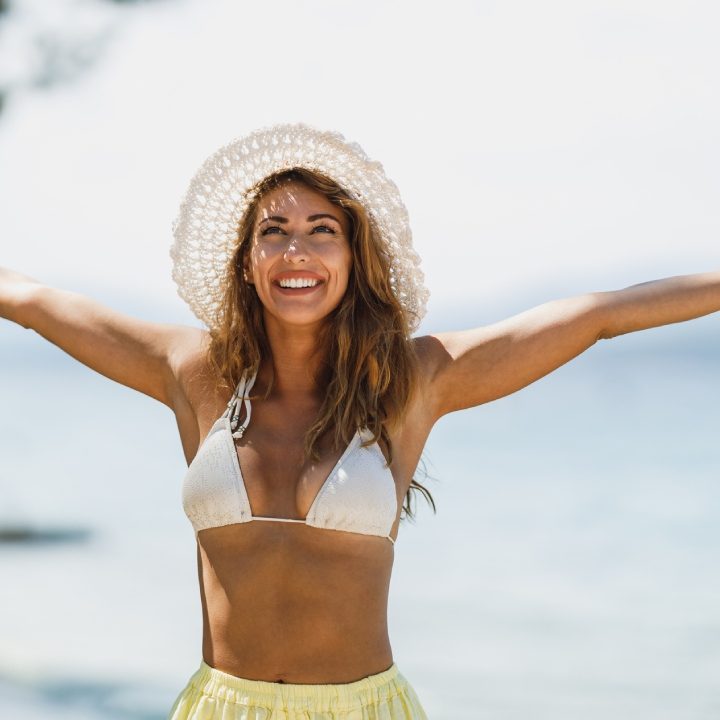
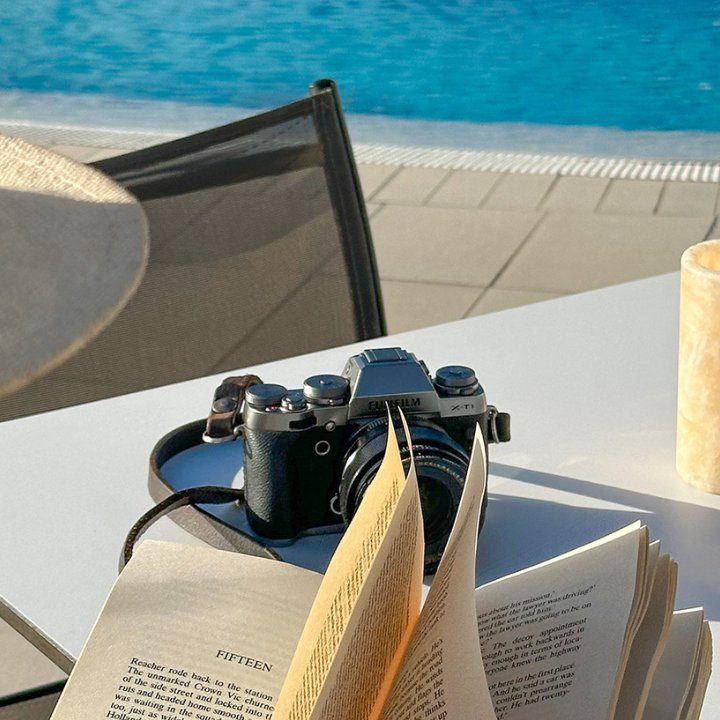

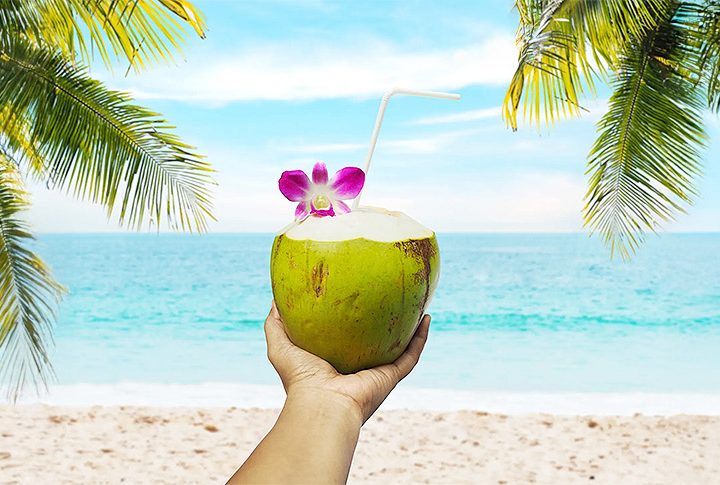

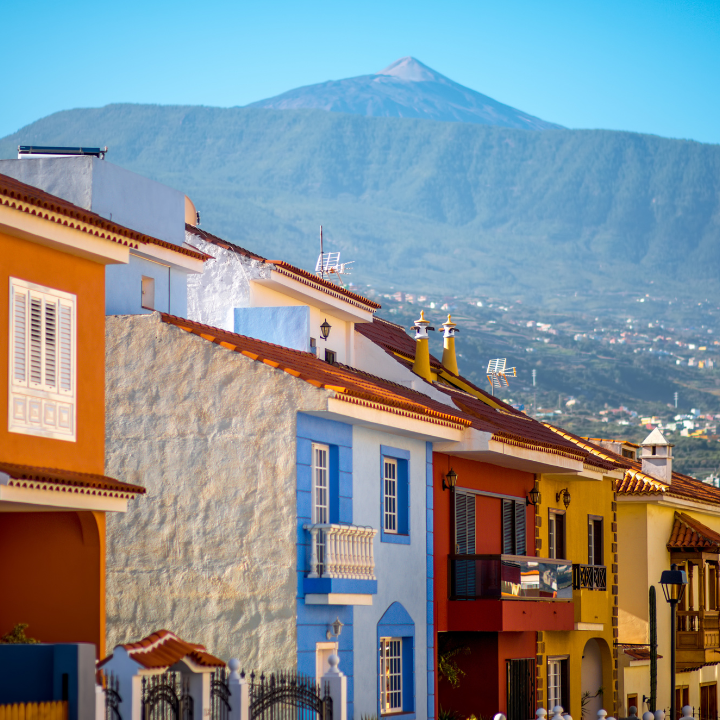

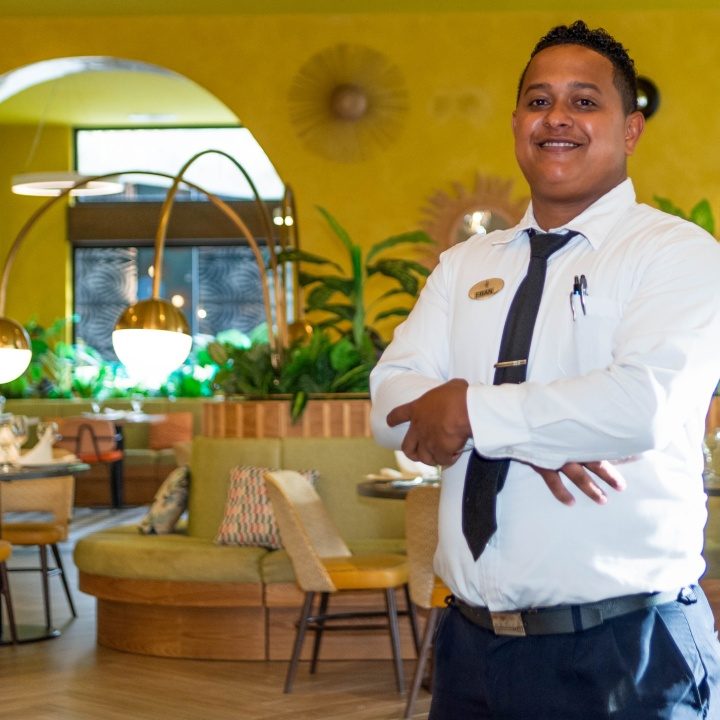

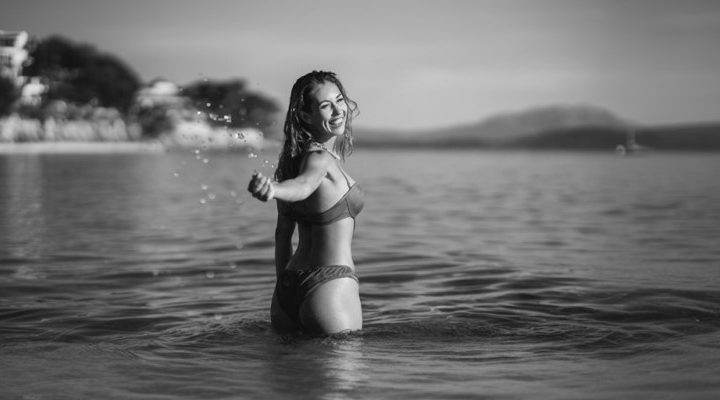


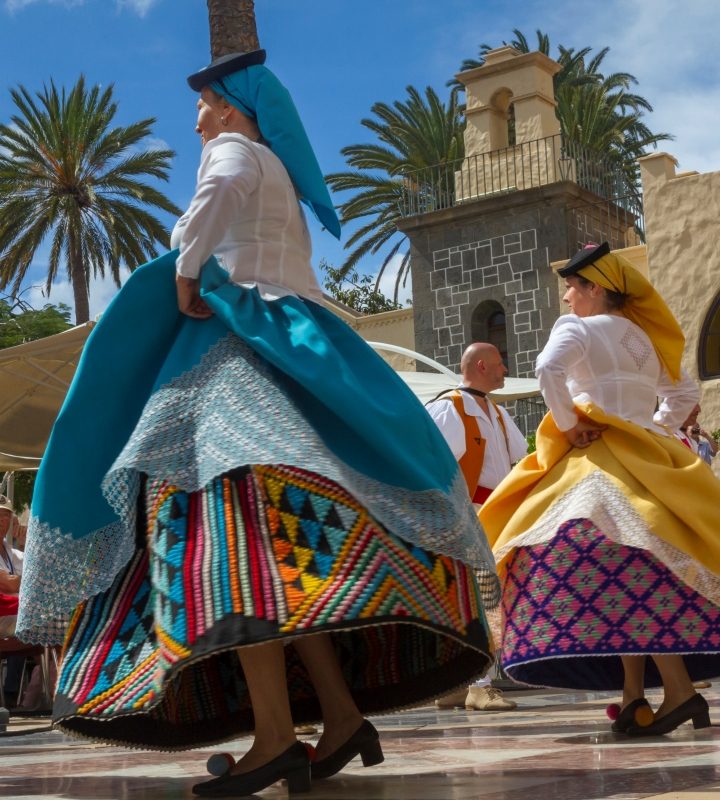



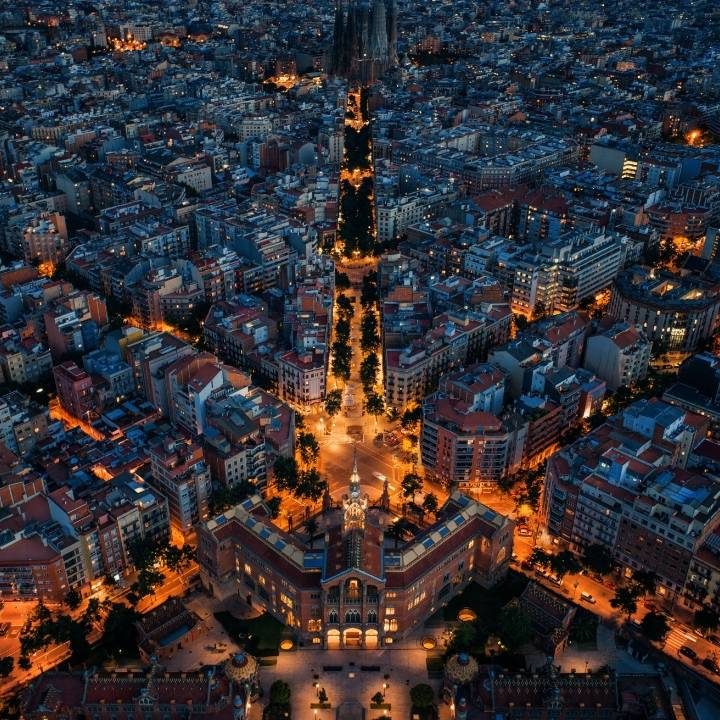
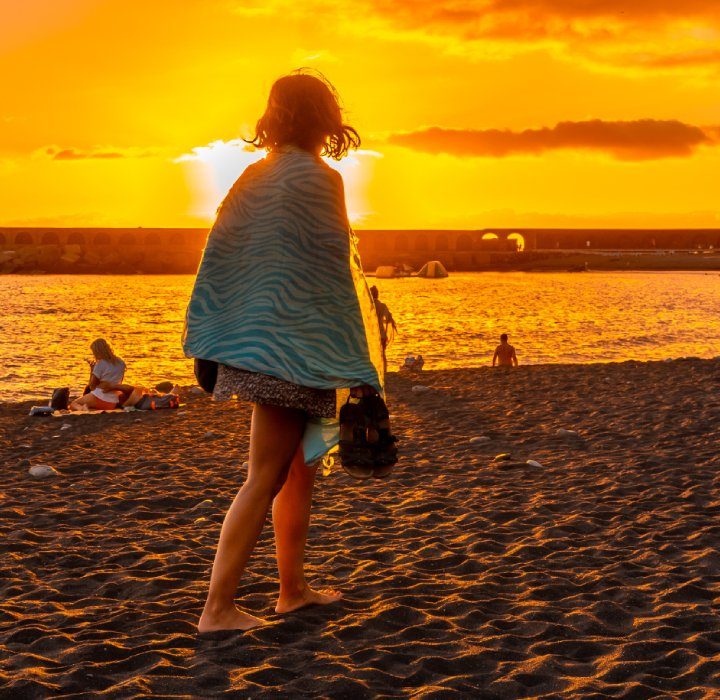
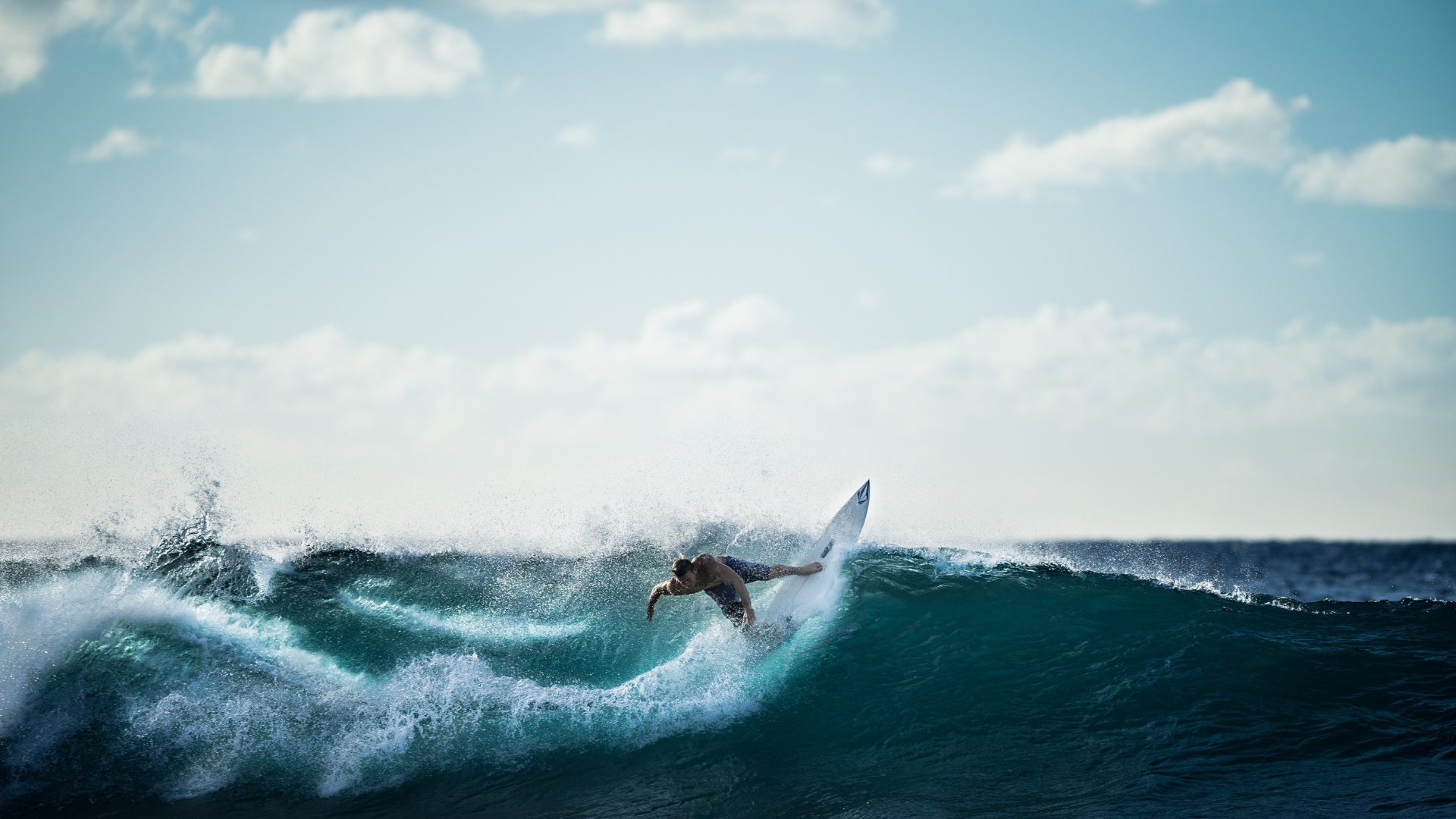
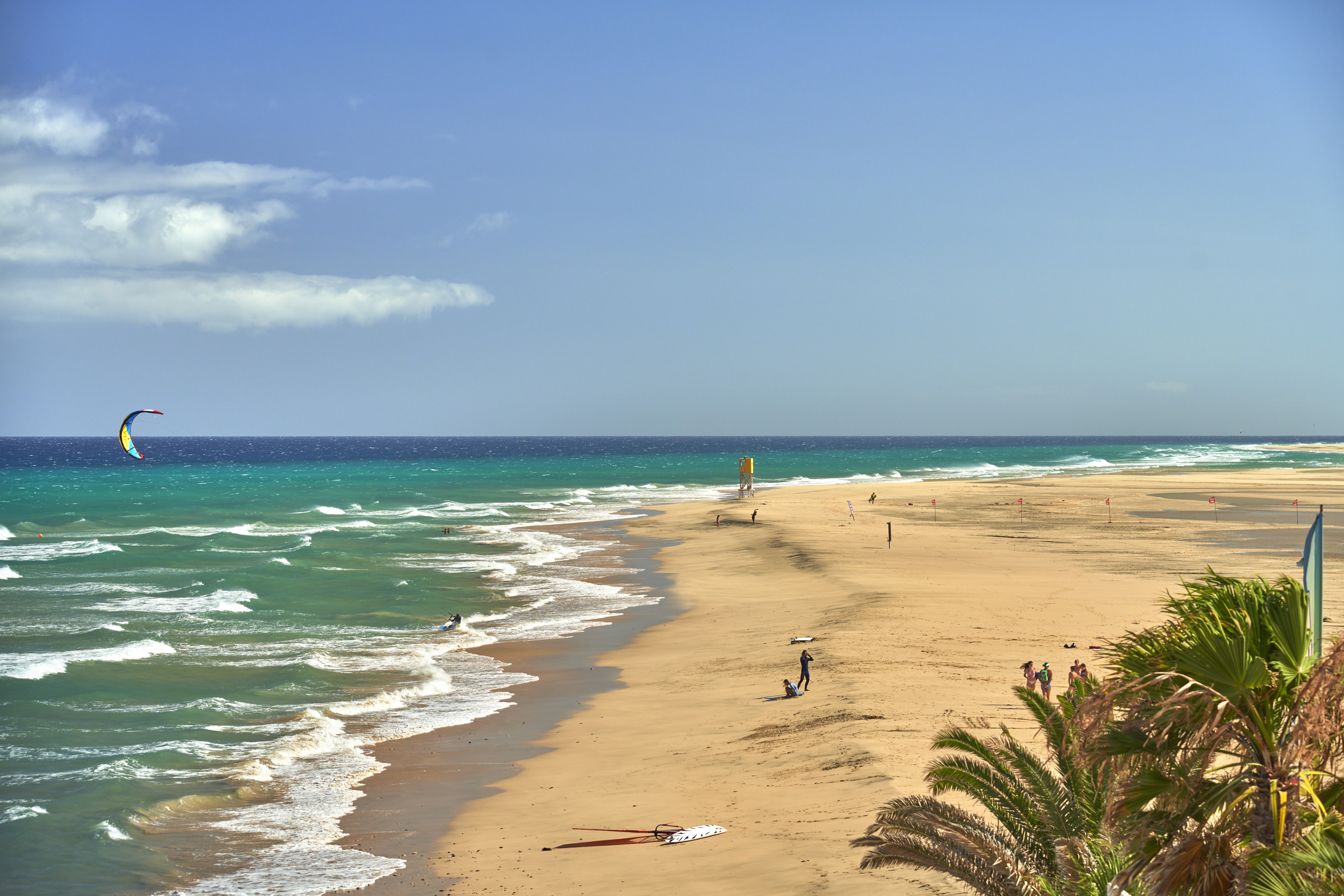
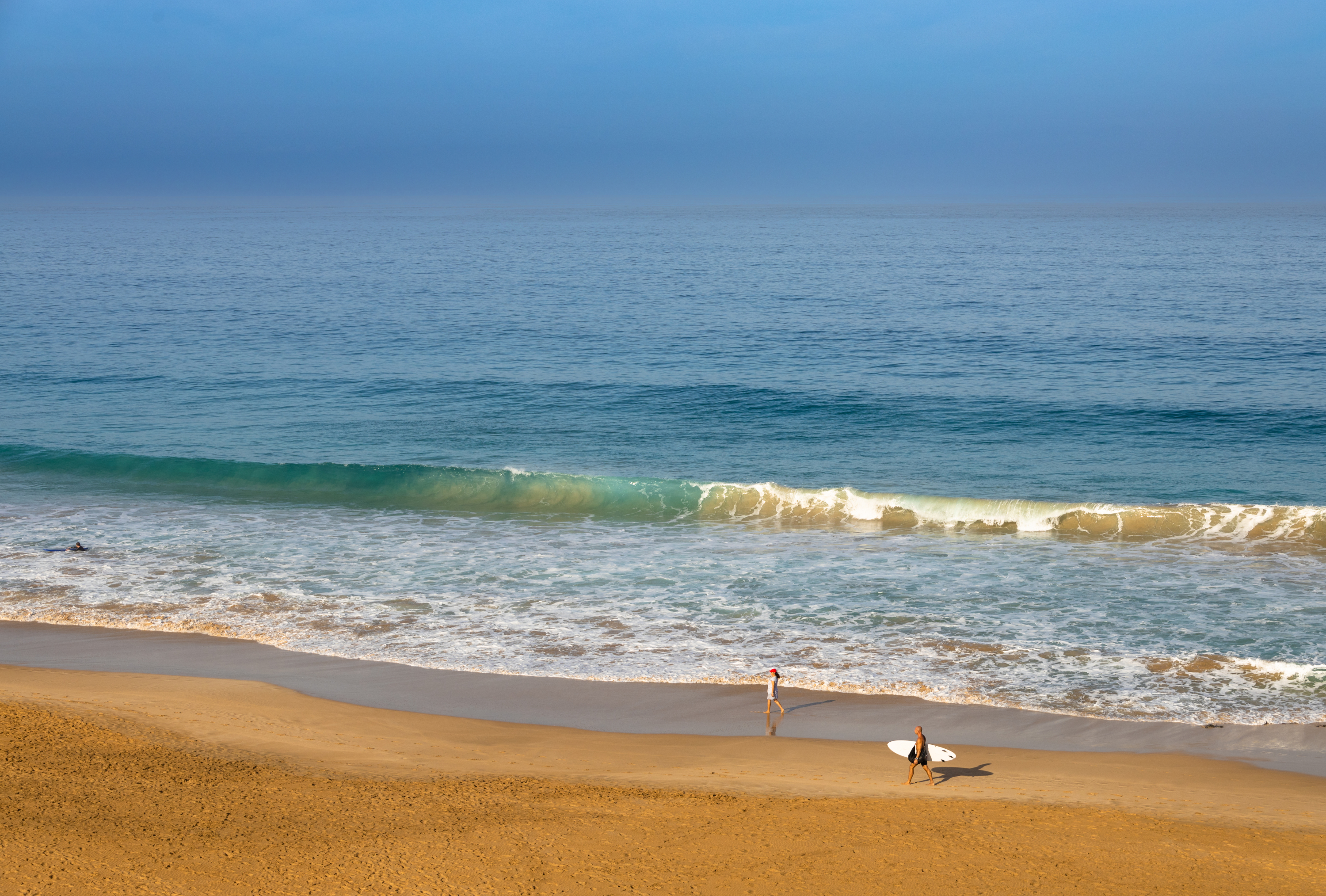
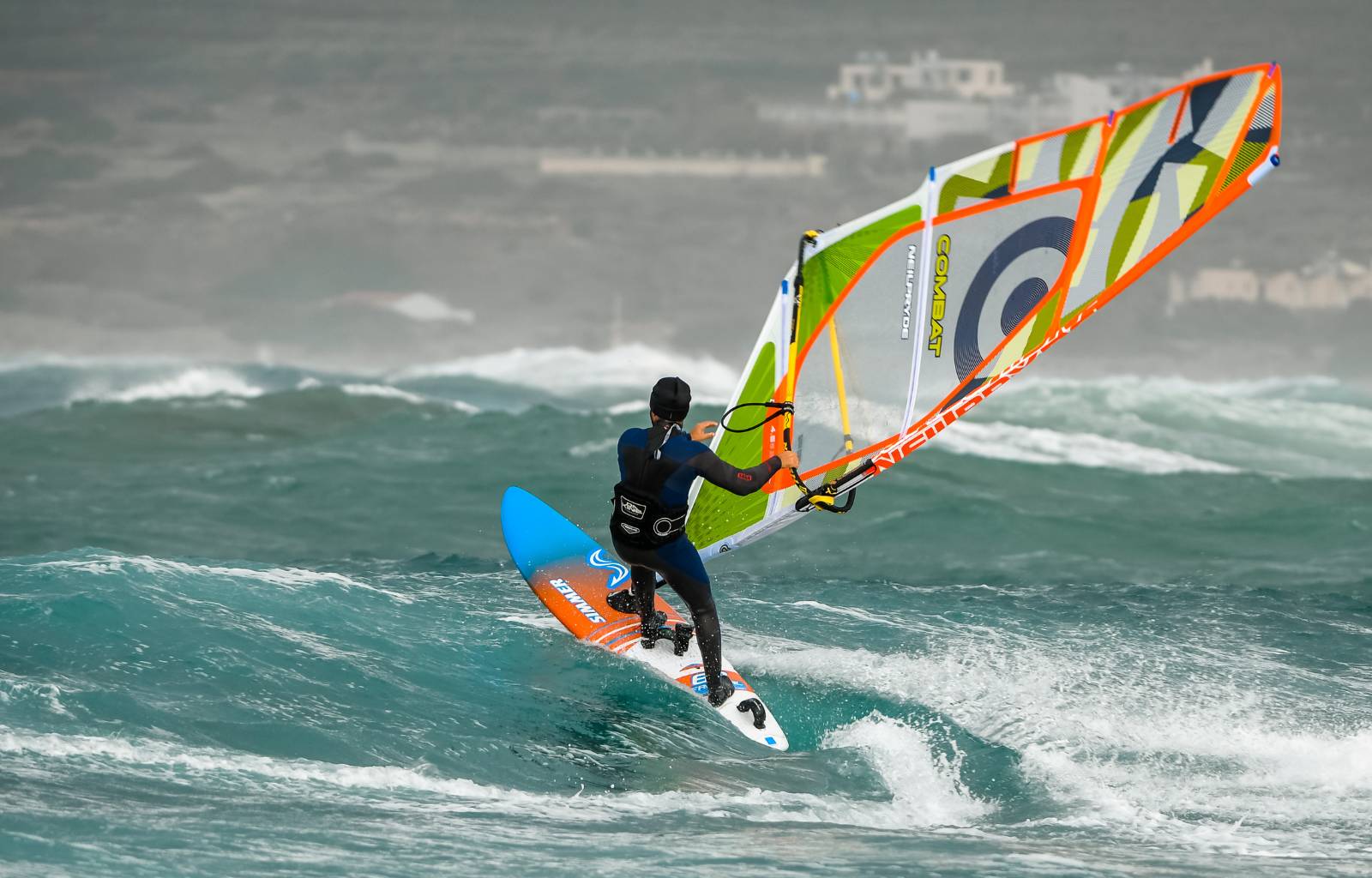


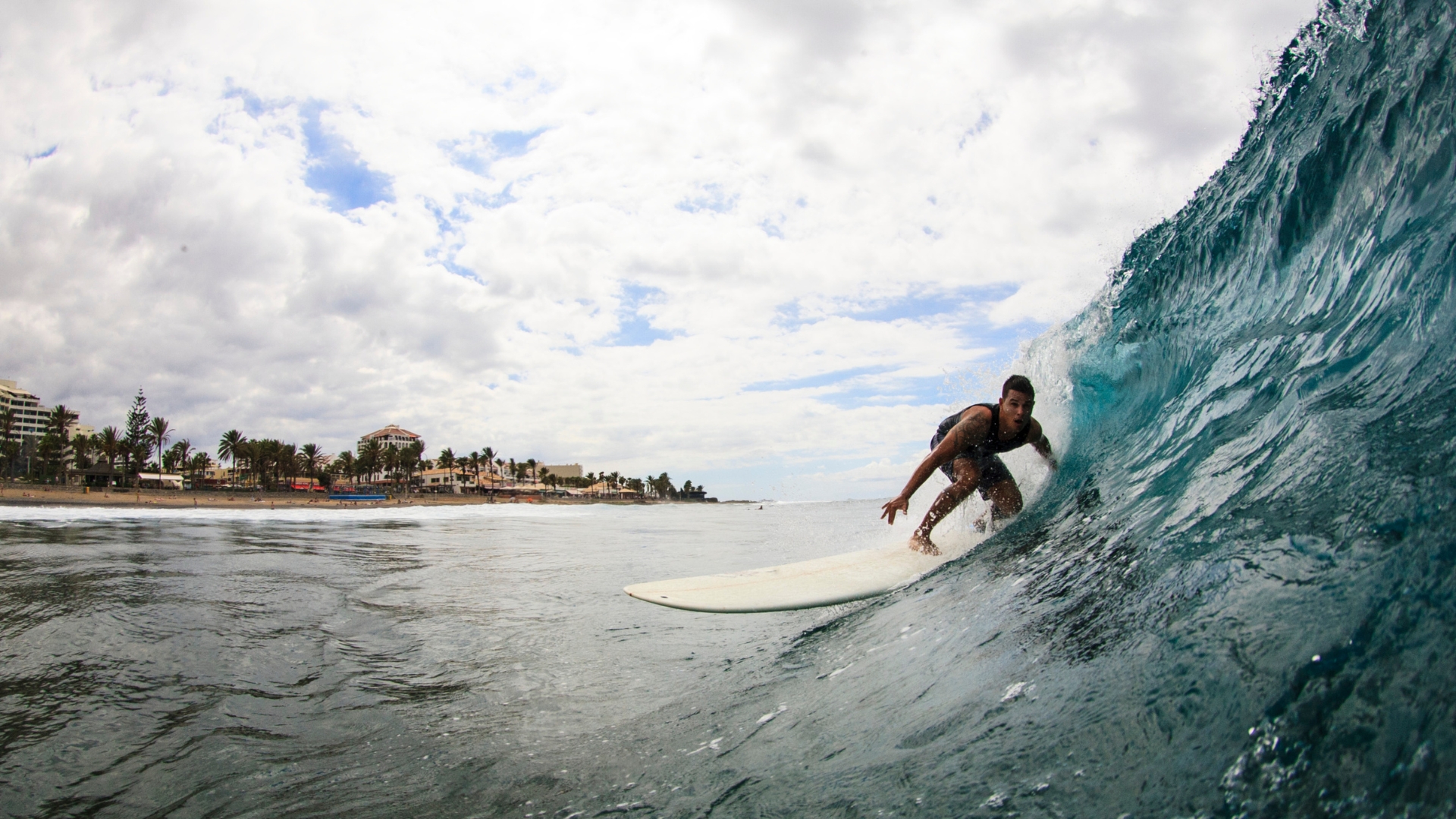


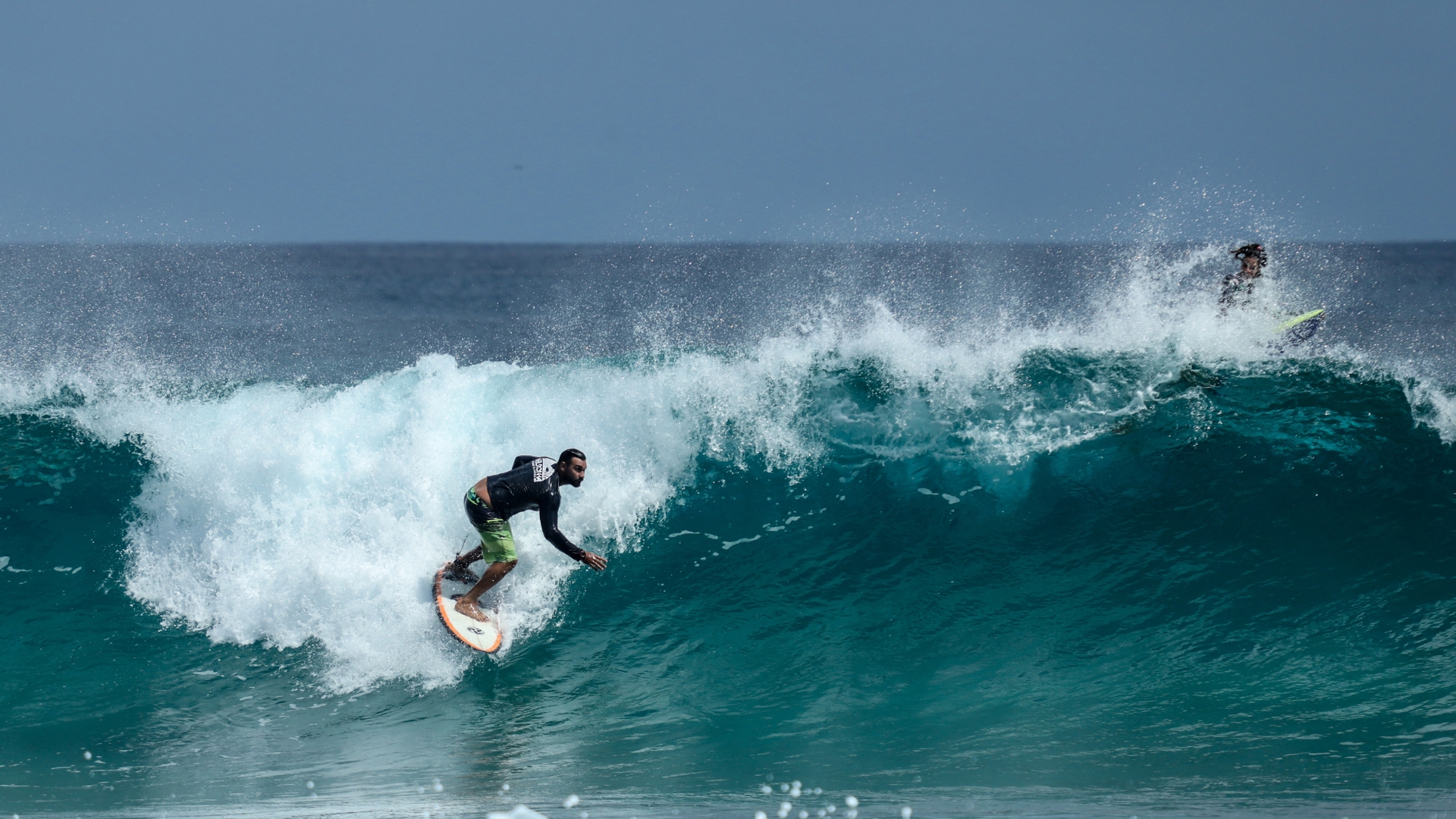
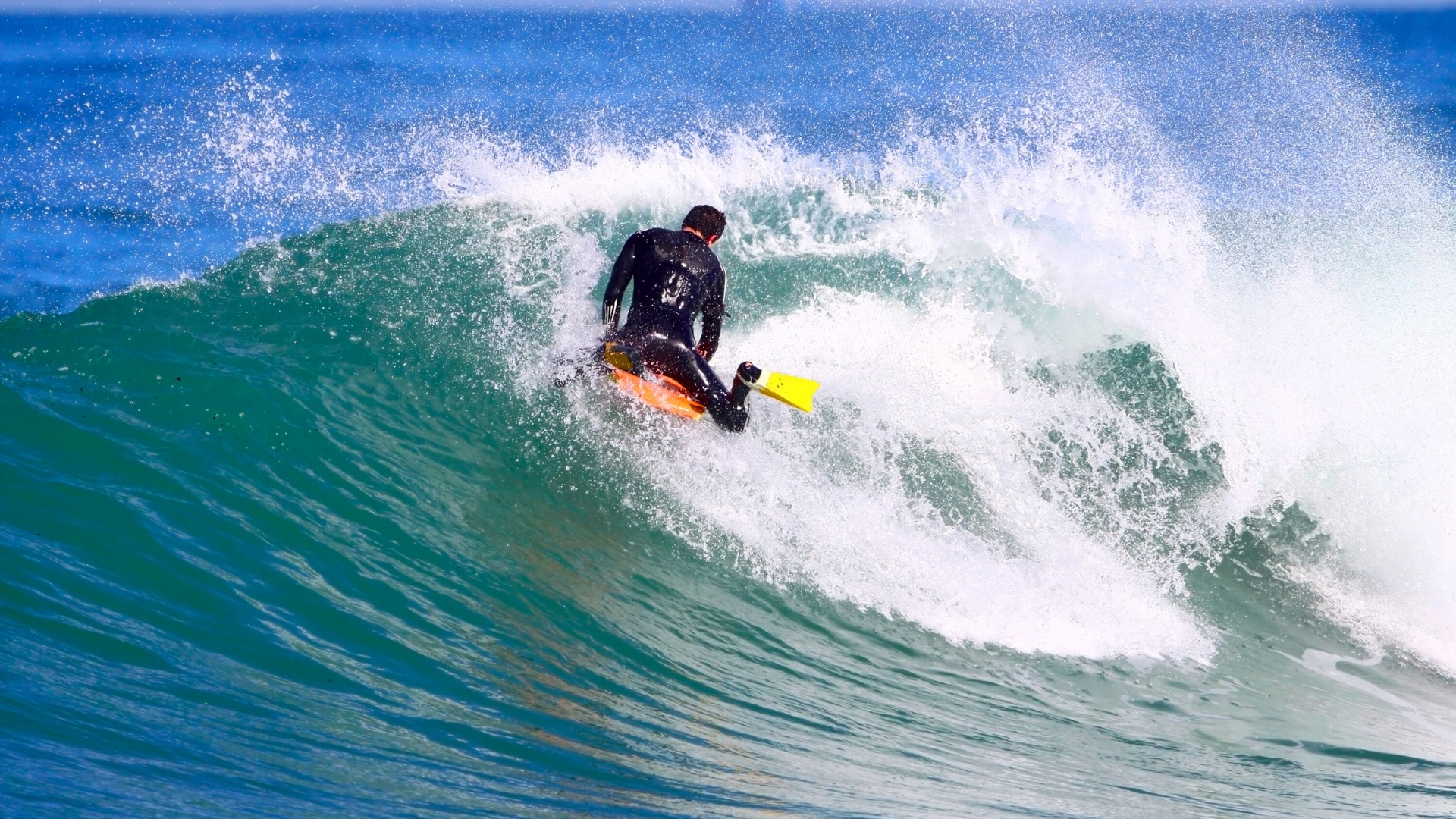
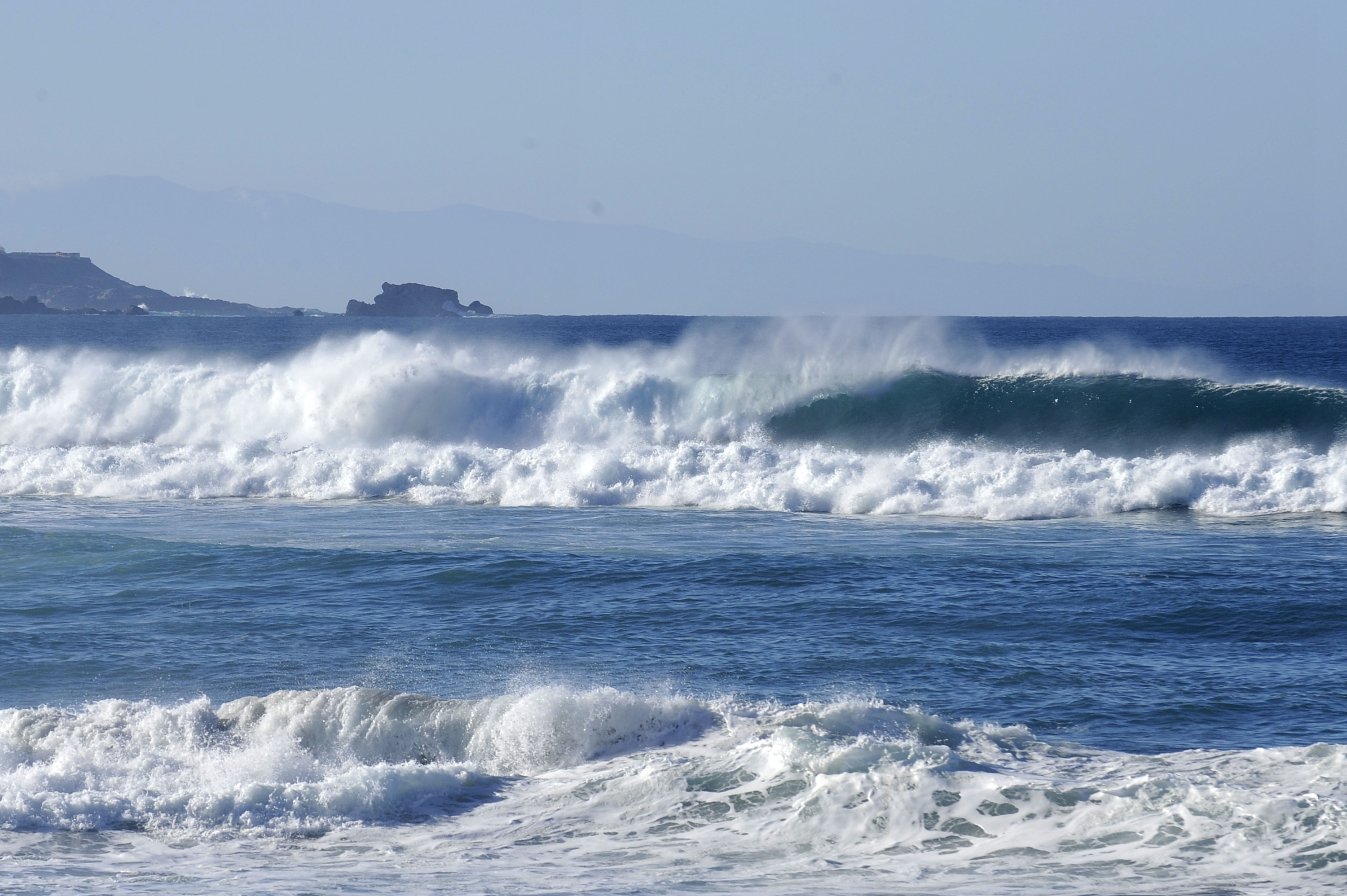
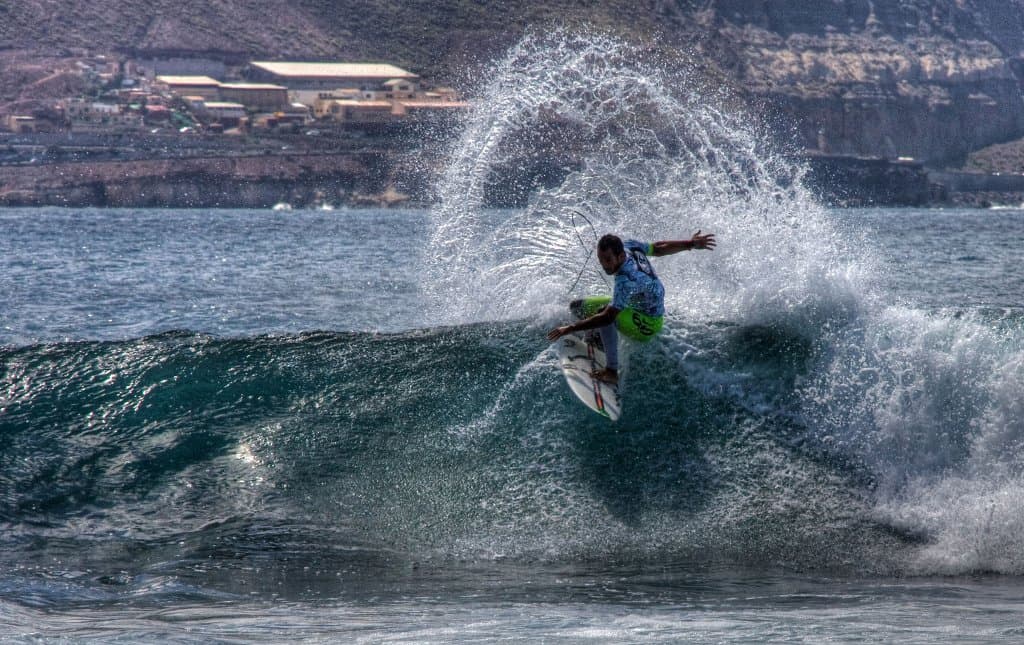
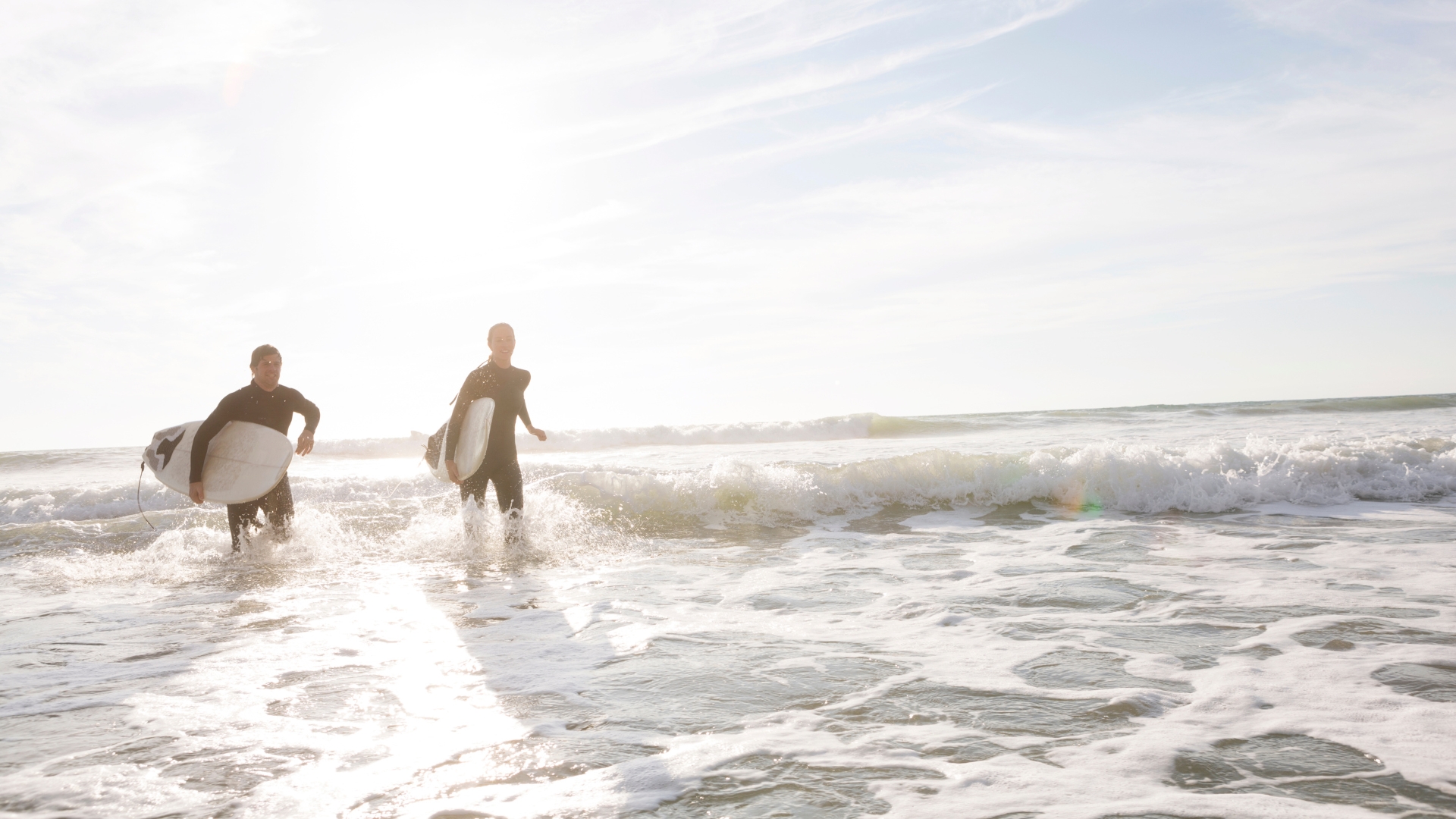
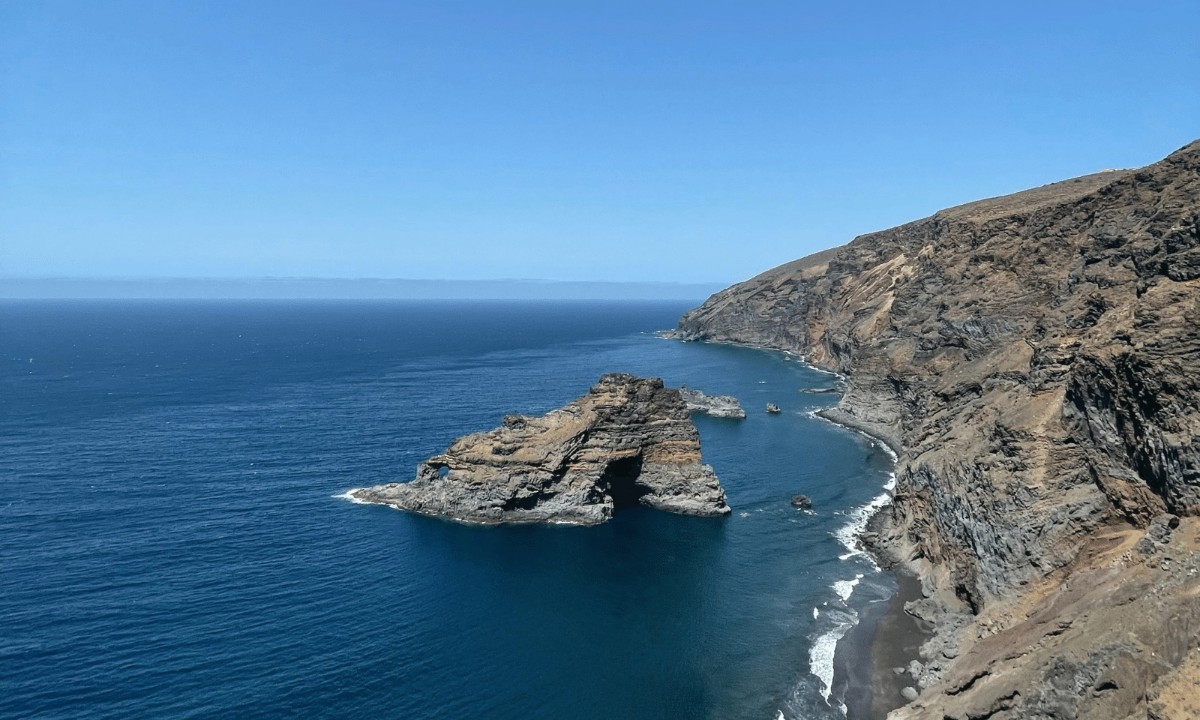
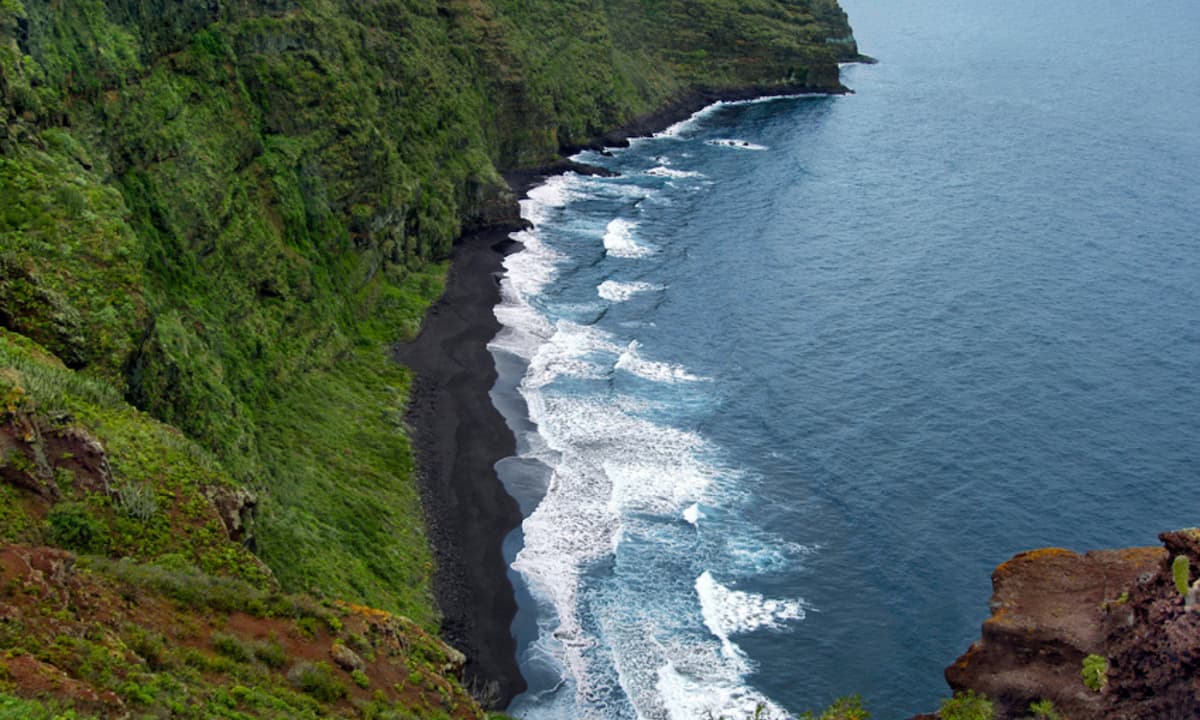
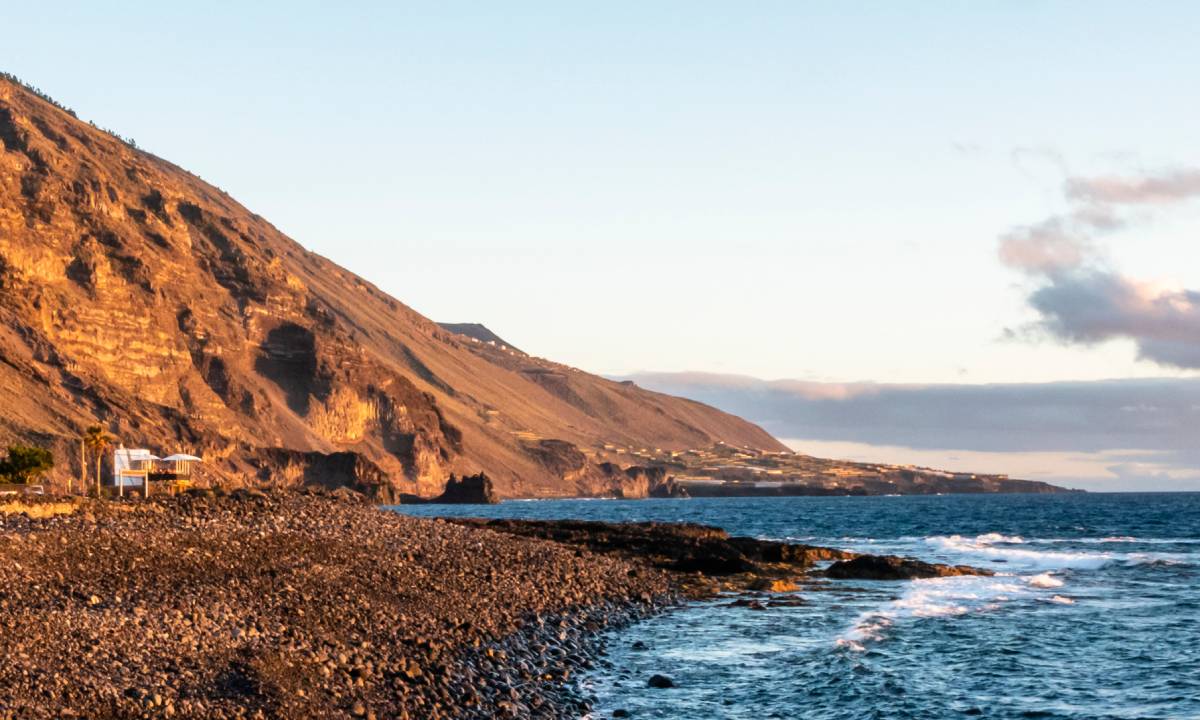





Leave a Comment